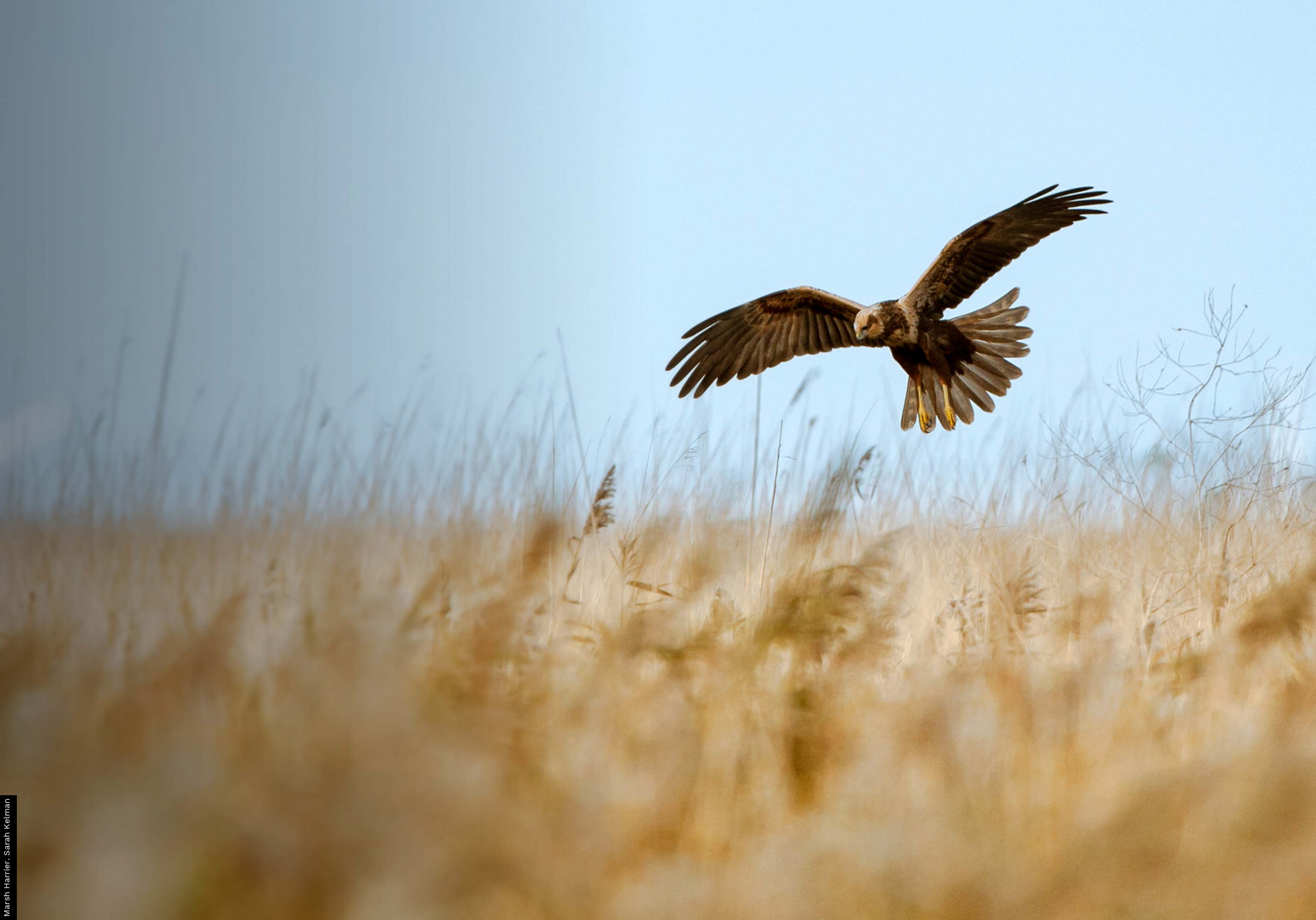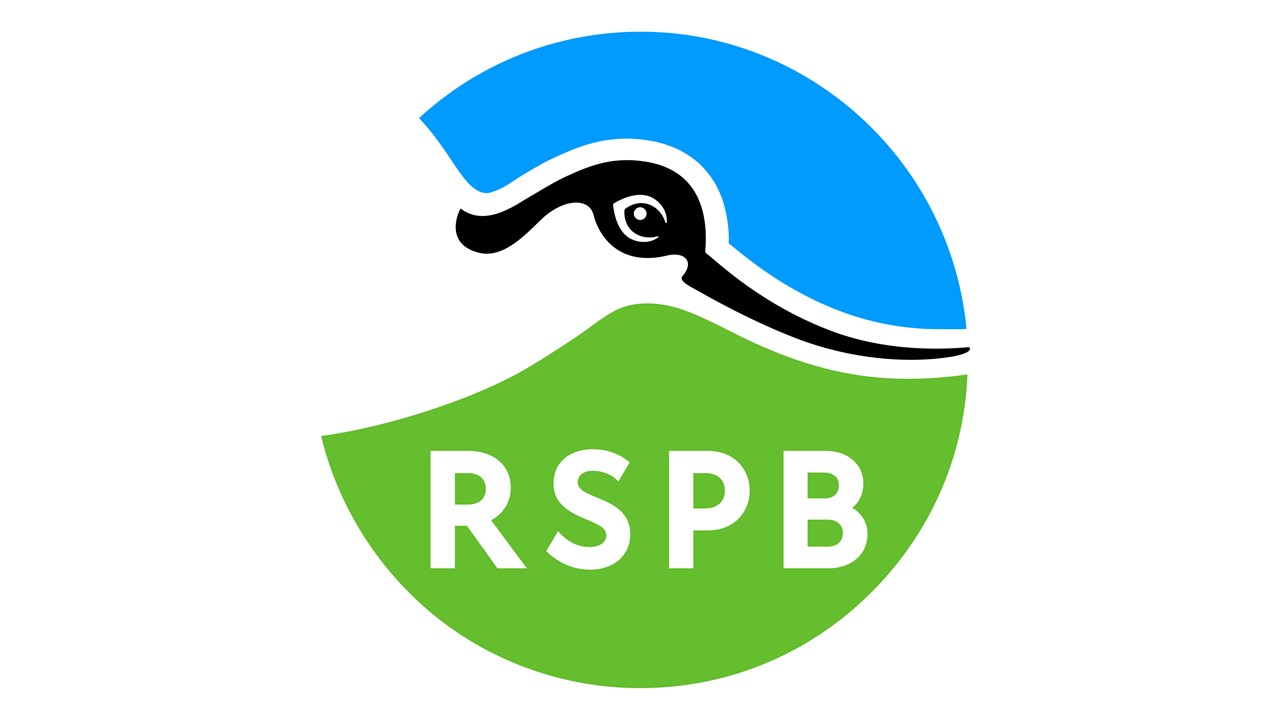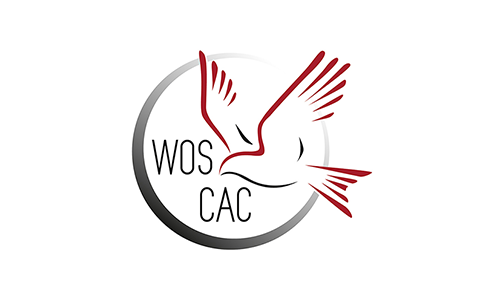Optional details to add
To access the 'Optional details' submenus, simply click on the at the end of the row in a species entry to open the 'Optional details' submenu. There are nine categories for entering optional details:
1. Age/Sex: you can enter information on the age, plumage, sex or phase of birds you recorded. Addtionally, you can enter a count for each option. Note that the total count in thsi menu must not exceed that entered in the main count box.
2. Activity: you can select one of twelve options to tag your sightings. For example, you can indicate that a particular bird was an escape or exotic, or if it is sick or injured. Further, you can enter a count for each activity, as well as a comment.
3. Breeding details: here you can enter counts for a particular breeding category, in case you encountered multiple incidences of breeding evidence for a species. For example, if you recorded 3 singing birds and two visiting a probable nest site. See the list of breeding evidence codes below if you'd like to record this data.
4. Pinpoint: this option allows to enter detailed locational information for a sighting, for example if a flock of birds was feeding in a particular area. You can also add counts for each pinpoint, and a comment.
5. Direction of flight: this submenu is designed for timed counts of birds, such as at seawatches or on visual migration counts. Simply enter counts for each direction birs were flying in. Note that unlike other count fields, the Direction of flight fields can't contain count accuracy information (i.e. '+' or 'c').
6. Habitat: here you can enter a comment related to the habitat a bird was using.
7.Sensitive: this option allows you to mark a sighting as 'Sensitive' which hides such records from BirdTrack's public outputs. This option can be useful if a rare or scarce bird is encounterd on private land or an otherwise inaccessible area. Note that the use of all BirdTrack records is governed by Rare Breeding Bird Panel (RBBP) guidelines. Records flagged as sensitive will remain available to local recorders, RBBP, the BirdTrack Organiser, Bird Atlas 2007–11 and designated individuals in the RSPB and the country agencies. To ensure that records can be used to maximum benefit, please avoid using the sensitive flag unless absolutely necessary.
8. Remarkable: This option allows you to mark a sighting as 'Remarkable', which means it will be included in the 'Notable observations' page on the Global data entry portal (log-in required).
9. Comments: this page allows you to enter any relevant comments for a sighting.
10. Visit comment: this allows you to enter comments about your visit to a particular site.
12. Weather comment: here you can enter any weather related comments about your visit, for example if there were particularly noteworthy weather conditions such as strong winds or snow cover.
13. Count type: in this dropdown menu, you can specify whether you were recording your sightings in a particular way, such as a seawatch or migration count. The 6 options are: 'General', 'Roost count (other)', 'Roost count (tidal)', 'Visible migration count', 'Seawatch' or 'Atlas'. The 'General' option should be used for all visits that don't fall into one of the other five categories.
Recording breeding evidence
Recording breeding evidence is optional in BirdTrack, but adding suitable evidence adds significant value to your sightings. Breeding evidence should only be logged in spring summer, with the exception for early breeders such as Raven and Crossbill, and out-of-season breeders. Note that all codes used should relate to records of birds in potentially suitable nesting habitat.
The list below gives the letter code, the numerical code for use in the upload tool and an explanation of the code.
Non-breeding codes
- X (00) - This code should be used for records of species Flying over, Summering or likely to be still on migration. Waders such as Turnstone and Knot encountered at coastal wetlands in late spring are best logged in this category for example.
Possible breeding codes
- H (01) - This code should be used for species encountered in suitable nesting habitat.
- S (02) - This code should be used when encountering a singing male in suitable breeding habitat during the breeding season. This can include other types of breeding calls, for example 'roding' Woodcock.
Probable breeding codes
- P (03) - This code should be used when encountering a pair (male and female) in suitable breeding habitat.
- T (04) - This code should be used when it seems likely that the species has established a permanent territory. The latter can be inferred if recording territorial behaviour on at least two days within a week.
- D (05) - This code should be used for species noted displaying or performing courtship in or near likely breeding habitat. Note that waterfowl may perform courtship away from breeding areas, so caution is needed.
- N (06) - This code should be used when noting that a species is visiting a probable nest site.
- A (07) - This code should be used if encountering adult birds giving anxiety calls or other agitated behaviour likely to indicate a nest or chicks nearby.
- I (08) - This code should be used if a brood patch is noted on a bird examined in the hand, suggesting incubation.
- B (09) - This code should be used for birds seen nest building, for example carrying sticks or excavating a burrow.
Confirmed breeding codes
- DD (10) - This code should be used for birds performing distraction display or feigning injury. A good example is Ringed Plover using the 'broken wing' display.
- UN (11) - This could should be used when encountering a used nest or egg shells from the current breeding season.
- FL (12) - This code should be used when noting recently fledged chicks or downy young. Note that even recently fledged juveniles can move significant distances from breeding areas, and care should be taken when using this category. Dependency on adults for food can be helpful, though some species (for example terns) may continue feeding young for some time after fledging and well away from breeding sites.
- ON (13) - This code should be used when seeing adults entering or leaving nests indicating that the nest is occupied, or if adults are seen incubating.
- FF (14) - This code should be used if an adult bird is seen carrying food or a faecal sac. Care should be taken with terns as these may carry fish as a display item well away from likely breeding areas.
- NE (15) - This code should be used if a nest containing eggs is seen.
- NY (16) - This code should be used when a nest containing young is seen.












Share this page